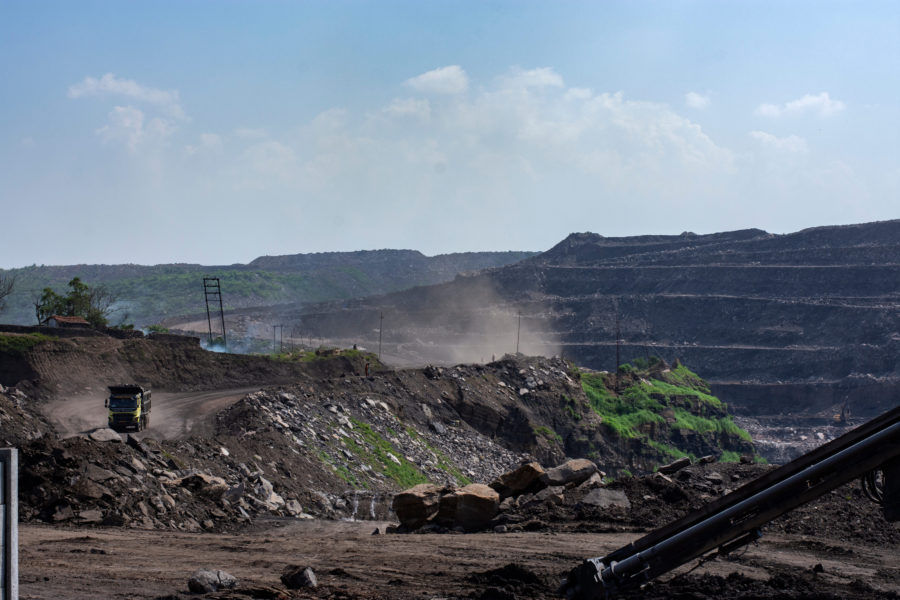Molycorp stock is following rare earth prices over a cliff

Strong revenue growth and a production ramp-up failed to give Molycorp a boost on Friday with the stock falling almost 2% by the close.
The Colorado company, in the process of restarting full-scale mining and processing at Mountain Pass in California, after the close on Thursday announced Q1 revenues tripled to $84.5 million despite a drop in average rare-earth oxide selling prices.
Average prices were significantly up compared to Q1 2011 but fell 20% to $95 a kilogram from $120 a kilogram in the final quarter of last year.
In a conference call Molycorp CEO, Mark Smith said margins are expected to face further “headwinds” this year, particularly during the first half.
Molycorp also said it is on track to achieve its Phase 1 annual production rate of 19,050 tonnes by the end of Q3. Its ultimate production target is 40,000 tonnes.
Friday’s share price slide brings Molycorp’s losses over the past 12 months to 60.1%. The counter was changing hands in New York for $24.93 down 1.97% on Friday affording it a $2.45 billion market capitalization. Molycorp shares were worth $34.71 a month ago and hit a high of $77.54 on May 3 2011.
Molycorp remains on track to become the largest rare-earth miner outside China which accounts for more than 90% of rare earth production in the world, and is also the biggest consumer.
Molycorp’s mould-breaking deal with Neo Material Technologies in March gave Molycorp access to advanced rare earth processing capabilities, specifically the Toronto company’s patented magnet technology, and a sales channel into China for the 17 elements.
Some analysts believe the vertical integration achieved by a Molycorp-Neo Material tie-up is an industry game changer that will kick-start demand after a period where REE consumers in the automotive, high tech and green energy industries scrambled to find alternatives.
Others have in the past pointed to the fact that China’s total dominance of production means that they can change market dynamics easily and quickly.
Rather than easing the pressure on manufacturers who need rare earths or stimulating the market, China’s strategic decisions on quotas and industry consolidation are aimed at cutting off at the knees development of mining projects outside its borders.
The declines in rare earth oxide prices have accelerated this year with some more abundant rare earth elements such as lanthanum crashing by more than 70%. While heavy and scarcer REEs such as dysprosium have generally held up better, many have also experienced price declines of 50% or more.
More News
Gates, Bezos-backed critical minerals explorer to ‘go big’ on Congo – report
April 27, 2025 | 08:27 am
{{ commodity.name }}
{{ post.title }}
{{ post.date }}



Comments
Aat Oskam
Do take a look at Lynas Corporation from Australia, the first non-Chinese REE producer starting June 2012. You may find Lynas will the the largest REE-producer outside China in phase II of their LAMP. There’s more world than only the USA…